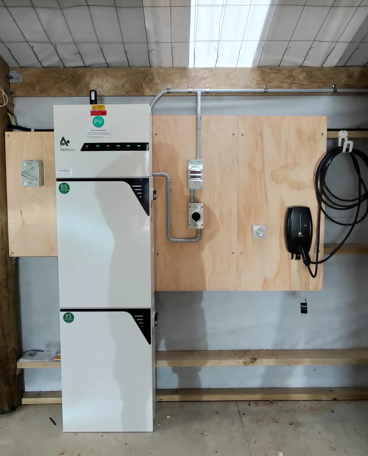
Produce your own energy
A grid-connected or grid-tied solar system is connected to the electrical power grid (mains power). Any electricity produced by a grid-connected system but not needed by your house (or solar batteries) is simply exported back to the grid, and purchased by your electricity retailer by the kWh (kilowatt-hour) at a set price (buyback rate). The buyback rate differs across retailers but is generally between 7c and 12.5c per kWh. Check with your retailer to confirm your rate.


